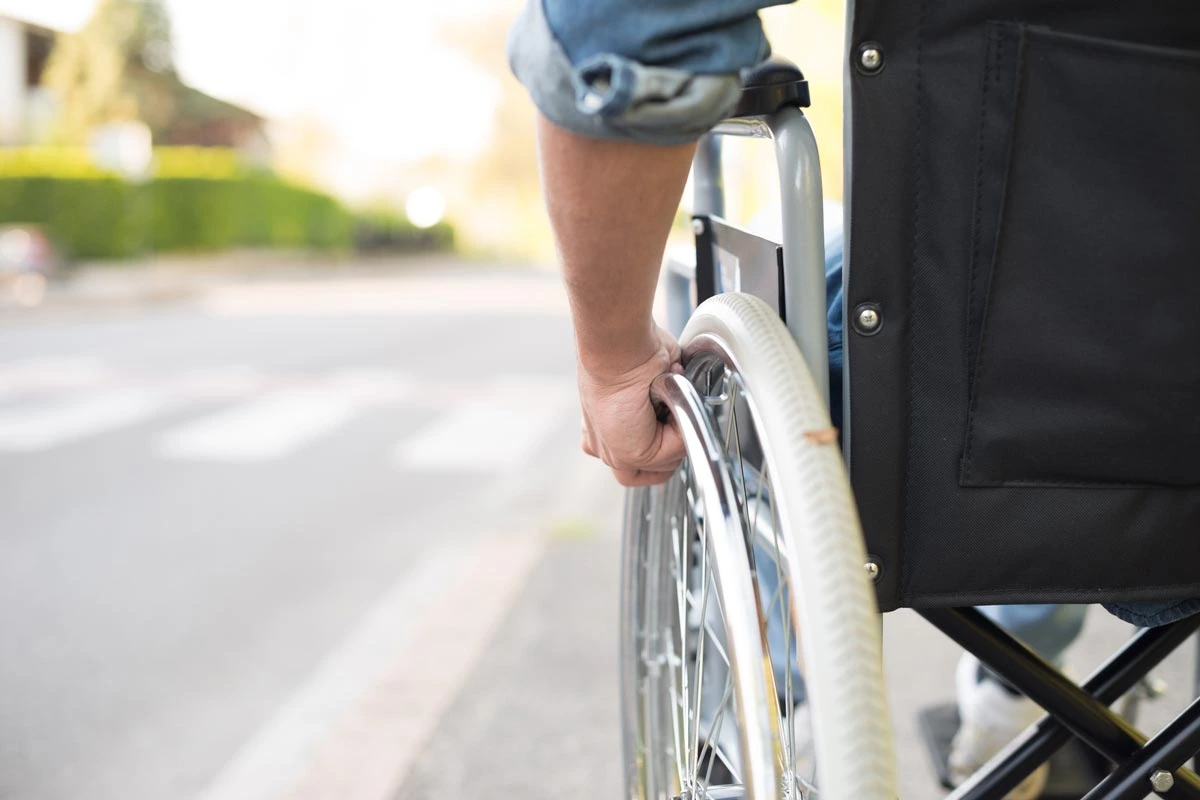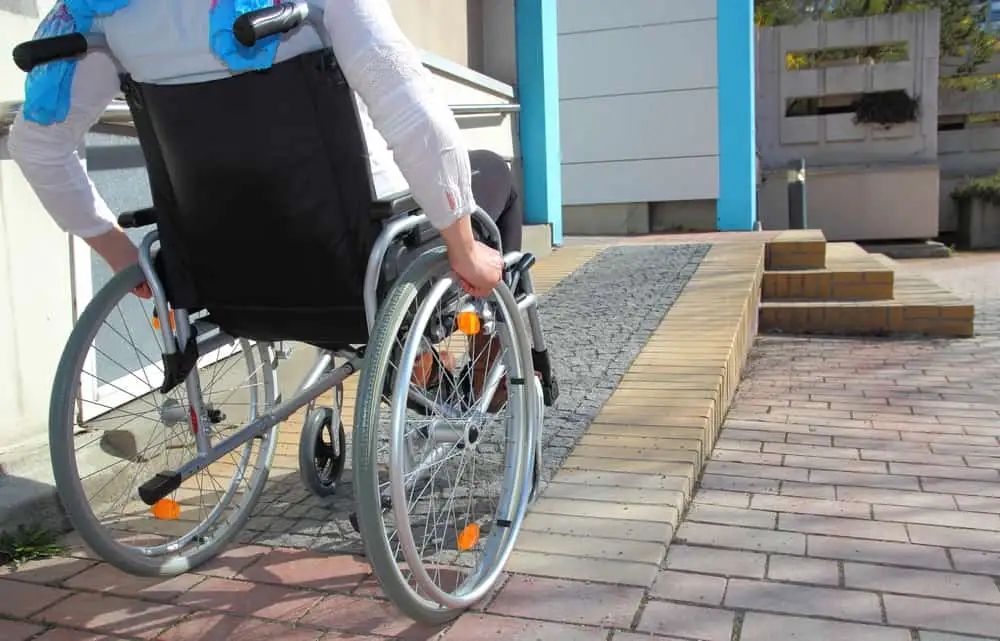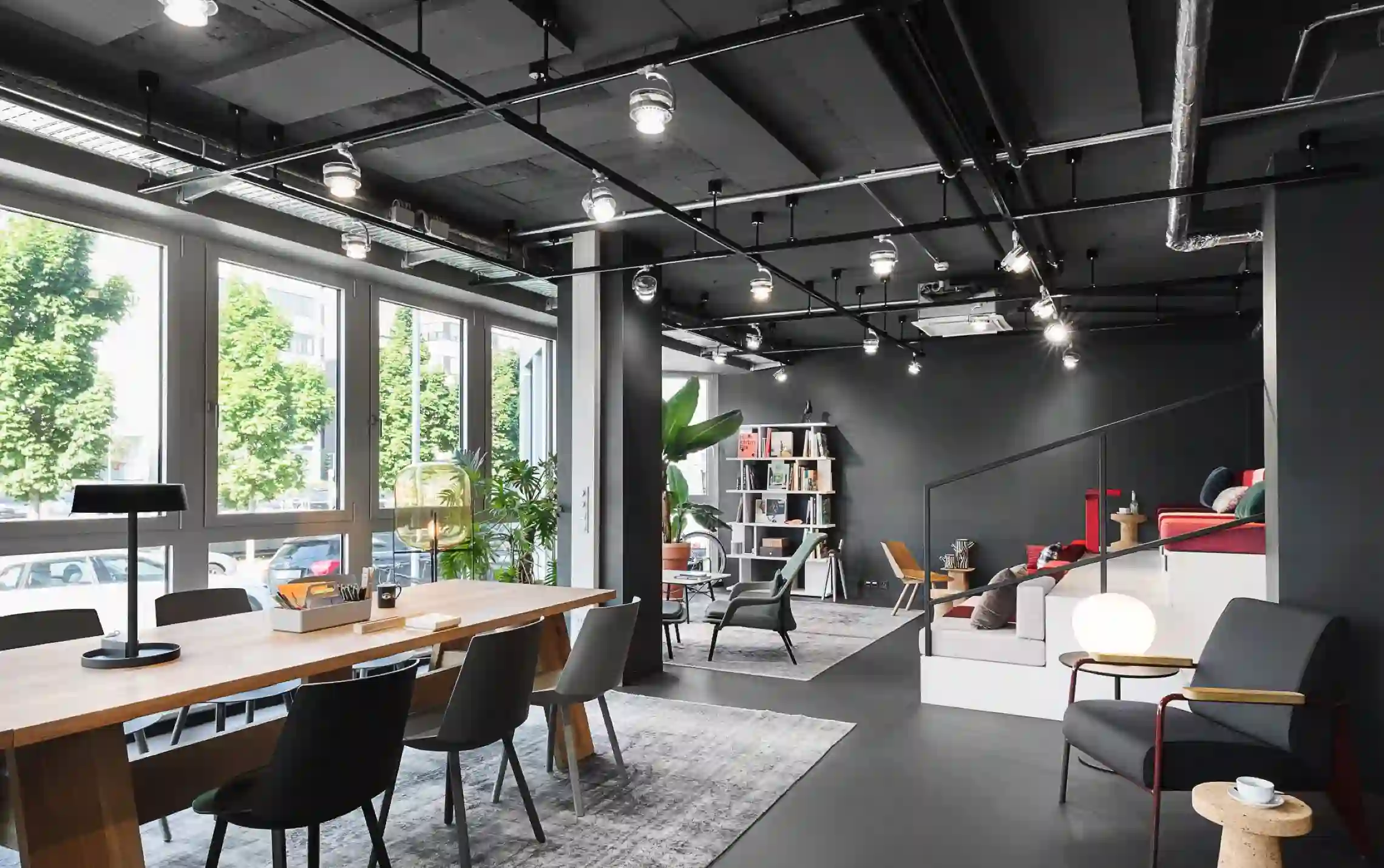Integrating artistic advantage through mobility art enhances consultation for accessibility solutions services by blending creativity with practicality. This approach surpasses traditional methods, offering a nuanced perspective to cater to diverse user needs. Mobility art elevates consultations into inspiring experiences that not only solve problems but also promote inclusivity through innovative design.
Exploring the synergy between art and accessibility opens doors to creative solutions revolutionizing inclusivity approaches in various environments.
Key Takeaways
- Artistic approaches can elevate consultations into inspiring experiences, promoting inclusivity and innovative design.
- Understanding diverse accessibility consultation needs requires empathy, a nuanced perspective, and embracing innovation.
- Innovative technologies like VR, AI, and interactive workshops enhance consultation experiences by providing personalized recommendations and engaging stakeholders in problem-solving.
- Creative approaches for accessibility solutions ensure inclusivity, break down barriers, and empower individuals while celebrating diversity.
Understanding Accessibility Consultation Needs
Navigating the landscape of accessibility consultation needs requires a nuanced understanding of diverse perspectives and individual requirements. When addressing the intricacies of accessibility solutions consultation, it is crucial to acknowledge the multifaceted nature of individuals’ needs. Each person brings a unique set of challenges, preferences, and capabilities to the table, necessitating a tailored approach to consultation services.
In the realm of accessibility consultation, empathy serves as a guiding principle. By actively listening to individuals and empathizing with their experiences, consultants can gain valuable insights into the obstacles they face. This empathetic approach not only fosters a sense of belonging and validation but also paves the way for more effective solutions that address the root of accessibility challenges.
Moreover, embracing innovation in accessibility consultation is essential for staying abreast of evolving needs and technological advancements. By leveraging cutting-edge tools and creative strategies, consultants can offer forward-thinking solutions that enhance accessibility and inclusivity for all individuals. In this dynamic landscape, a commitment to continuous improvement and adaptability is key to providing meaningful support to those seeking accessibility solutions.
Incorporating Artistic Elements for Engagement
Understanding the diverse perspectives and individual requirements in accessibility consultation, it becomes evident that incorporating artistic elements for engagement can significantly enhance the effectiveness of solutions offered. Artistic elements have the power to transcend language and cultural barriers, making them a universal tool for communication and connection. By infusing artistic elements into the consultation process, individuals with varying accessibility needs can feel more engaged, understood, and valued.
Art has a unique way of evoking emotions, sparking creativity, and fostering a sense of community. When artistic elements are integrated into accessibility consultations, they can help create a more inclusive and welcoming environment. For instance, utilizing visual arts, music, or storytelling can make complex accessibility concepts more digestible and relatable to a wider audience.
Moreover, incorporating artistic elements can encourage active participation and collaboration, inviting individuals to express their needs and preferences in a more creative manner. This approach not only enhances the consultation experience but also empowers individuals to play an active role in shaping the solutions that are tailored to their unique accessibility requirements.

Enhancing Accessibility Through Creative Approaches
Enhancing accessibility through innovative and creative approaches is essential for ensuring inclusivity and equal participation for individuals with diverse accessibility needs. By embracing creative solutions, we can break down barriers and make spaces more welcoming for everyone. Creative approaches not only address physical accessibility but also cater to cognitive, sensory, and emotional needs, fostering a holistic sense of belonging.
One effective method is leveraging mobility art to enhance accessibility consultations. This approach combines artistic expression with functional design, transforming traditional accessibility solutions into engaging and aesthetically pleasing elements. Artistic interventions can turn ramps into colorful murals, handrails into interactive installations, and signage into artistic wayfinding markers. Through these creative adaptations, accessibility becomes not just a necessity but a beautiful and integrated part of the environment.
Incorporating creativity into accessibility solutions not only meets practical needs but also enriches the overall experience for individuals with disabilities. It shows that accessibility can be empowering, inspiring, and an essential component of a truly inclusive society. By embracing creative approaches, we can create spaces that celebrate diversity and ensure that everyone feels valued and included.
Leveraging Mobility Art for Inclusive Solutions
In the realm of accessibility solutions, the integration of mobility art stands as a pioneering method that not only enhances functional design but also fosters a sense of inclusivity and creativity within built environments. Mobility art, through its fusion of artistic expression and functional utility, plays a crucial role in creating inclusive solutions that cater to diverse needs. By incorporating elements of mobility art into accessibility consultations, spaces are transformed into vibrant, engaging environments that prioritize both aesthetics and usability.
Artistic elements such as colorful wayfinding signs, interactive installations, and tactile surfaces not only serve practical functions but also contribute to a welcoming atmosphere for all individuals, including those with disabilities. Leveraging mobility art in the design process ensures that accessibility solutions are not only effective but also visually appealing and emotionally enriching.
Inclusive solutions that embrace mobility art have the power to break down barriers, foster a sense of belonging, and promote a culture of diversity and acceptance within the built environment. By harnessing the creative potential of mobility art, accessibility consultations can truly elevate the standard of inclusivity and accessibility for all.
Tailoring Consultations for Diverse Needs
Tailoring consultations to accommodate diverse needs involves a personalized approach that prioritizes individual requirements and fosters inclusive design solutions. This means recognizing the unique challenges and preferences of each person engaging in the consultation process. By understanding the specific needs of individuals, consultants can create tailored solutions that cater to a wide range of abilities and backgrounds.
Inclusivity in consultations goes beyond just meeting basic requirements; it involves actively seeking out ways to make all participants feel valued and heard. This may include providing alternative communication methods, offering flexible scheduling options, or ensuring physical spaces are accessible to all. By embracing diversity and actively working to address the needs of each individual, consultations can become more effective and meaningful experiences for everyone involved.
Ultimately, the goal of tailoring consultations for diverse needs is to create an environment where every voice is welcomed and every perspective is considered. This approach not only benefits those with specific requirements but also enriches the overall consultation process by promoting understanding, empathy, and collaboration.
Implementing Innovative Strategies for Accessibility
Implementing cutting-edge methodologies for enhancing accessibility is paramount in fostering equal opportunities for all individuals. In today’s rapidly evolving world, staying ahead in accessibility solutions is crucial for creating an inclusive environment.
Here are three innovative strategies that can revolutionize the way we approach accessibility consultations:
- Virtual Reality (VR) Simulations: Utilizing VR technology to create immersive experiences can help consultants better understand the challenges faced by individuals with different accessibility needs.
- Artificial Intelligence (AI) for Personalized Recommendations: AI algorithms can analyze data to provide tailored recommendations for accessibility solutions, ensuring a more personalized approach to consultations.
- Interactive Workshops and Design Thinking Sessions: Engaging stakeholders in interactive workshops and design thinking sessions can lead to innovative and collaborative solutions that cater to a diverse range of accessibility requirements.
Frequently Asked Questions
How Can Artistic Elements Be Used to Enhance Engagement in Accessibility Consultations?
Artistic elements in accessibility consultations enhance engagement by fostering creativity, promoting inclusivity, and sparking meaningful dialogue. Incorporating visual, auditory, and interactive art forms creates immersive experiences that resonate with diverse audiences, fostering a deeper understanding and appreciation for accessibility solutions.
What Are Some Creative Approaches That Can Be Used to Enhance Accessibility?
Innovative approaches to enhancing accessibility include incorporating interactive technology, creating multi-sensory experiences, and utilizing universal design principles. By blending creativity with functionality, spaces can become more inclusive and engaging for all individuals.
How Can Mobility Art Be Leveraged to Create Inclusive Solutions for Accessibility?
Mobility art can enhance accessibility through innovative design and engagement strategies. By incorporating artistic elements into mobility solutions, spaces become more inclusive and welcoming for all individuals, fostering a sense of belonging and community.
What Are Some Strategies for Tailoring Consultations to Meet Diverse Needs?
Tailoring consultations to meet diverse needs involves active listening, cultural sensitivity, and adaptable communication. By understanding individual requirements, offering various modes of engagement, and providing personalized solutions, consultations can effectively cater to a wide range of accessibility needs.
How Can Innovative Strategies Be Implemented to Improve Accessibility in Various Settings?
Innovative strategies for enhancing accessibility across settings involve leveraging technology, inclusive design principles, and community engagement. Prioritizing user feedback, fostering partnerships, and embracing adaptive solutions can create impactful changes that cater to diverse needs effectively.
Conclusion
In conclusion, the integration of artistic elements in mobility art has proven to be a valuable asset in enhancing accessibility consultations. By combining creative approaches with practical solutions, professionals can effectively address diverse needs and foster inclusivity in various settings.
The strategic use of artistic advantage not only improves the functionality of accessibility solutions but also adds a layer of aesthetic appeal that resonates with users. Through innovative strategies, consultations can transcend traditional boundaries and pave the way for a more holistic approach to accessibility.
You may also like to read:
Is Chiropractic Care Safe and Effective for Health Improvement?




